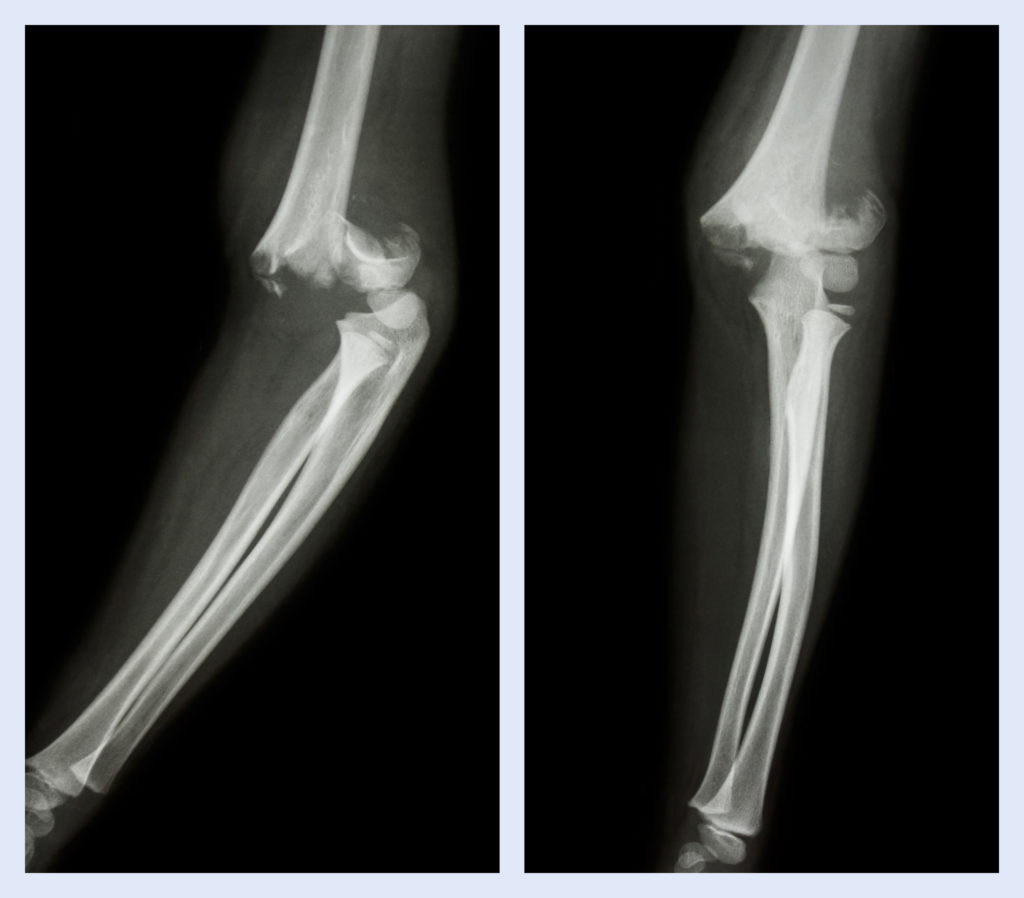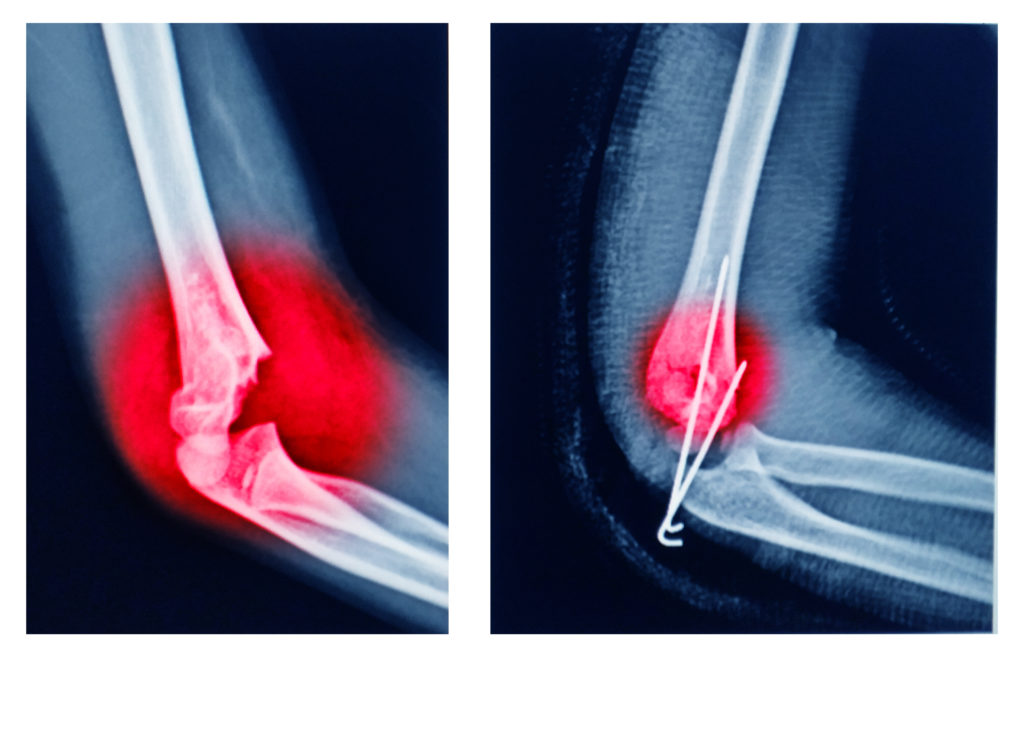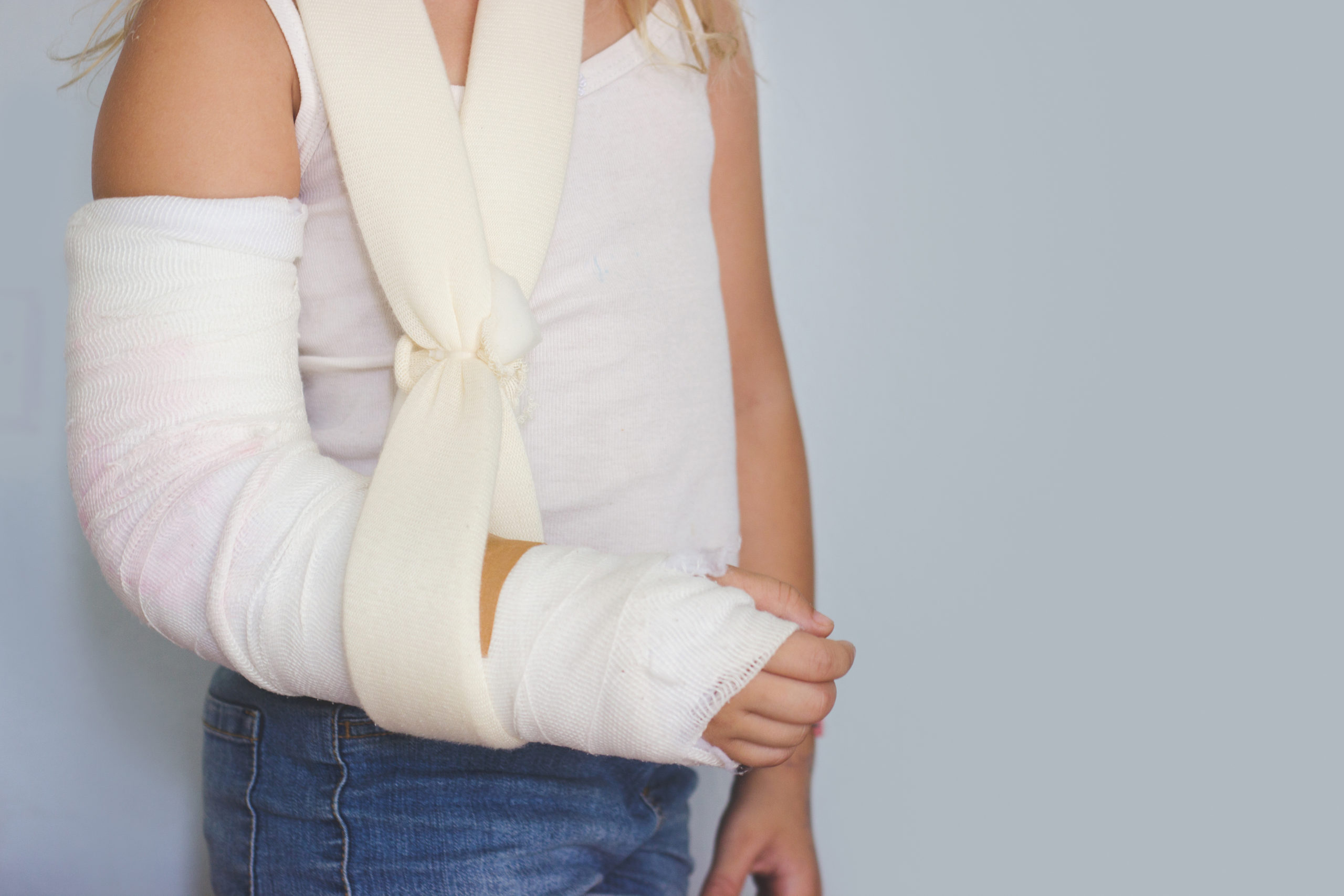Supracondylar fractures are some of the most common fractures in the upper extremities fractures in children.
Supracondylar fractures derive their name from the location where they occur. Supra means above and condylar is a descriptive term for the shape of the lower end of the humerus/arm bone.
In this article, we shall highlight the classification of supracondylar fractures, the treatment of supracondylar fractures, and the complications associated with supracondylar fractures.
What causes supracondylar fractures?
The classic injury that leads to a supracondylar fracture in children is a fall on an outstretched arm.
They commonly occur during a time of rapid growth. Because of the rapid growth, there will be the development of an area of potential weakness on the lower humerus.
This area of weakness will be present between the region of the newly formed bone and the older bone.
These fractures do not go through the growth plate.
Do you need to see a paediatric orthopaedic surgeon?
Classification of supracondylar fractures of the humerus

The medical classification for supracondylar fractures is the Gartland classification. This classification describes the amount of displacement at the fracture. It divides the fractures into 4 specific types.
Type 1;- no displacement in the fracture
Type 2 – Displacement with an intact posterior (back) border of the humerus
Type 3;- Complete displacement of the bone in all directions
Type 4; – Complete displacement of the humerus with flexion of the posterior fragment.
Treatment of supracondylar fractures in children
The treatment of supracondylar fractures depends on the amount of gap at the fracture site. Most fractures with a very small gap are managed with only a cast and those with a big gap will need surgery and a cast.
Non-operative treatment
- Cast. An above-elbow cast is placed
- Taping; The arm and the forearm are taped together with the elbow in flexion.
Surgical treatment
Closed reduction and pinning

Reduction is the medical term for realigning a broken bone. With the closed reduction, no incisions are made on the skin.
This is done in the operating room with the patient asleep. The broken bone is realigned and pins are placed to hold the bones in place. A cast is then placed on the arm.
Open reduction and pinning
Open reduction is done by making an incision on the skin to expose the broken bone and realign it under direct visualization.
When the fracture is seen to be straight, then it is held in place with pins. Normally, the surgeon will apply a splint to protect your arm and change to a complete cast after about a week if the skin looks ok.
It is rare that an open reduction and pinning will be done nowadays but there are few conditions that call for this.
Indications for open reduction of supracondylar fractures
- Cold hand without a pulse. This means that the brachial artery could be entrapped or torn by the fracture. An incision is made to explore and identify the status of the artery.
- Open fracture. An open fracture is one where the bone is exposed to the outside. A surgeon will take advantage of the exposed bone and use that for direct visualization in order to reduce the fracture.
How long supracondylar fractures take to heal
By 4 to 6weeks, we expect the fractures to show signs of healing on the Xrays. Most fractures require a total of 3 to 6months to be completely healed.
By 2 months, most doctors are comfortable with the children to return to full daily activity and back to contact sports by about 4months. Ask your doctor about returning to sports because it varies for every individual.
Complications associated with supracondylar fractures.
- Injury to the nerves at the elbow. The most commonly injured nerve is the branch of the median nerve called the Anterior interosseous nerve.
- Injury to the brachial artery. This artery is located at the front of the elbow joint and can sometimes be injured by the sharp edges of the fracture.
- Bowing of the arm. One of the consequences of supracondylar fractures is that they can heal with a cubitus varus which is a deformity that appears as outward bowing at the elbow.
Do children need physiotherapy after supracondylar fractures?
A very big percentage of children do not need any physiotherapy following these fractures.
As children play and use their arms, they recover all the range of motion they need and that is more than they will get during physiotherapy sessions.
However, physiotherapy can be trialed for children who remain stiff or for those that are unable to get an acceptable range of motion of the elbow by 3 months.
In conclusion, supracondylar fractures are some of the most common fractures in children. they can be treated non-surgically or surgically and most children do fine following the treatment.
